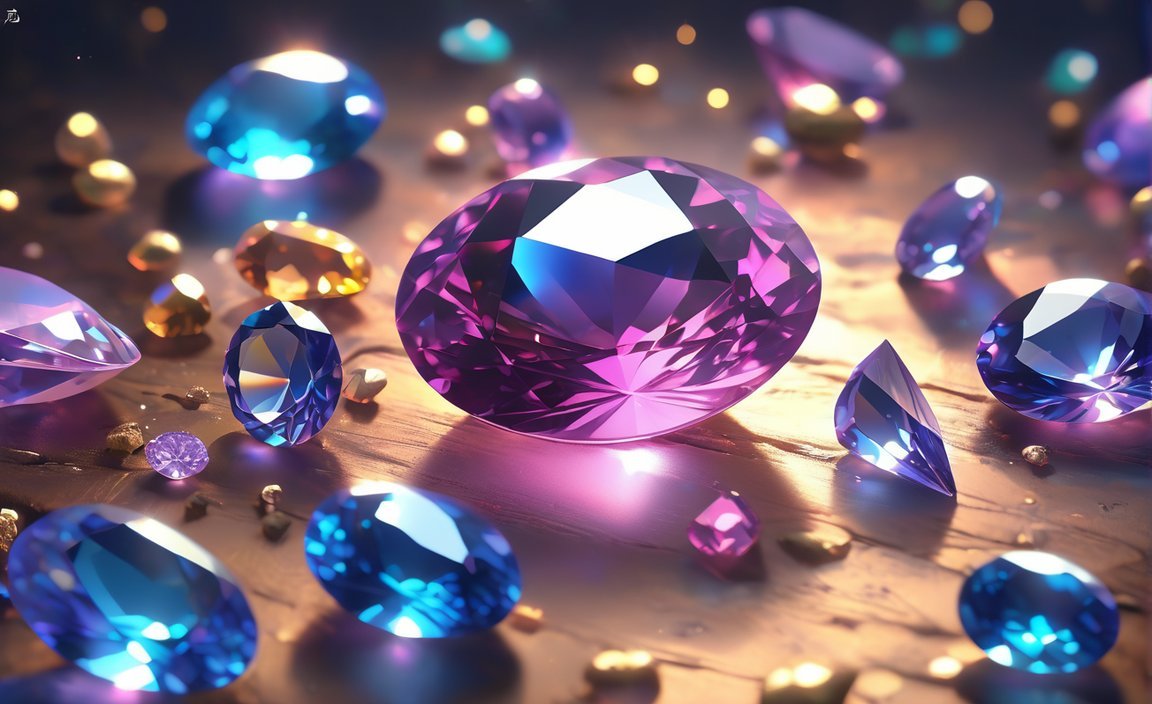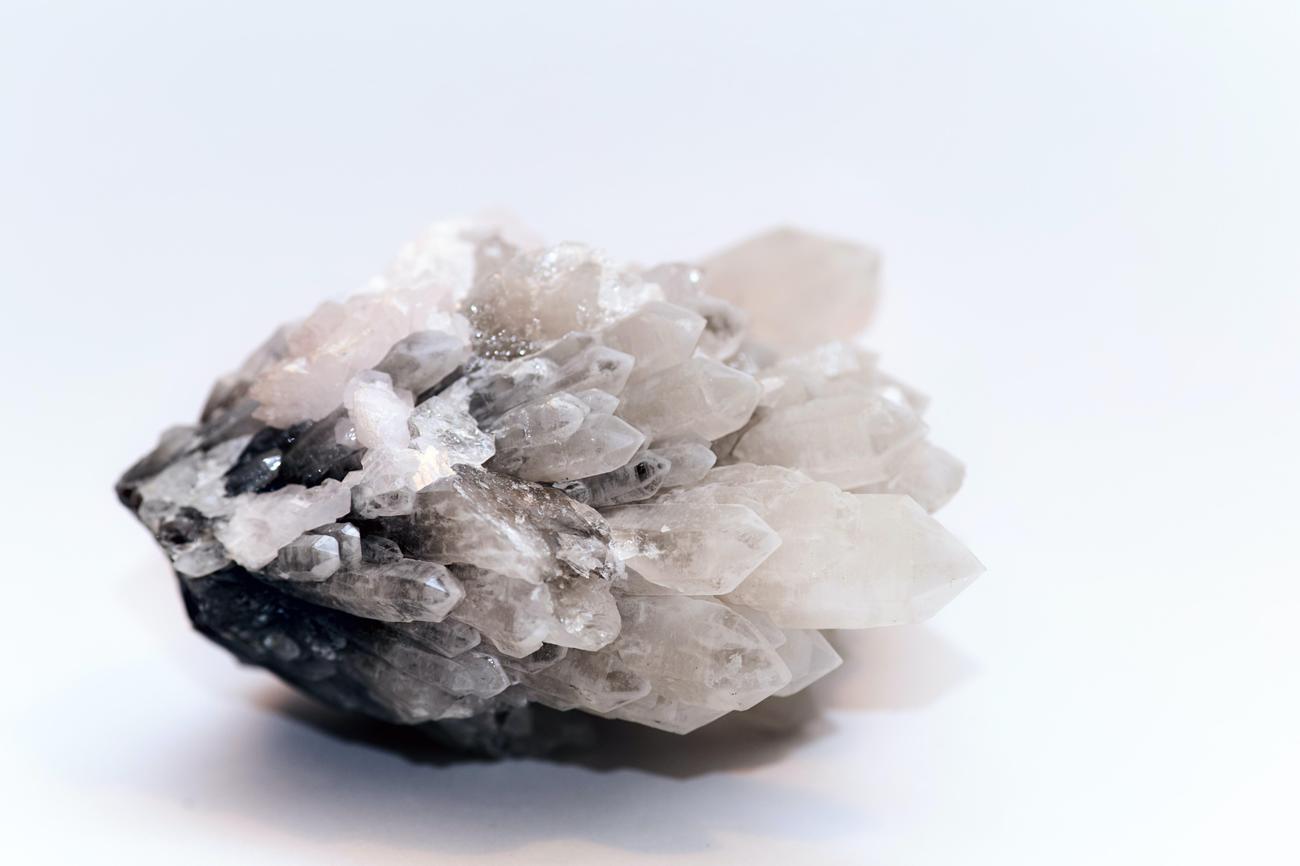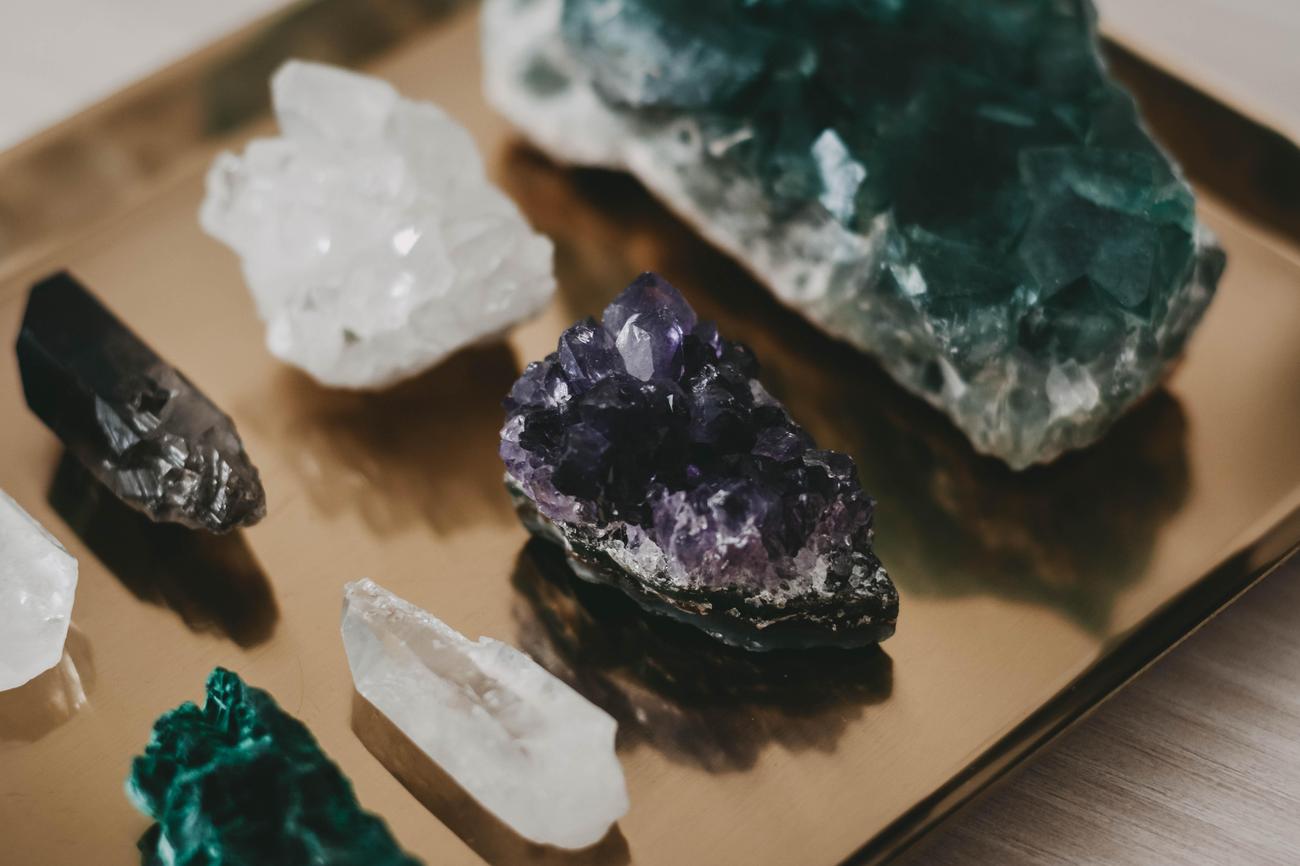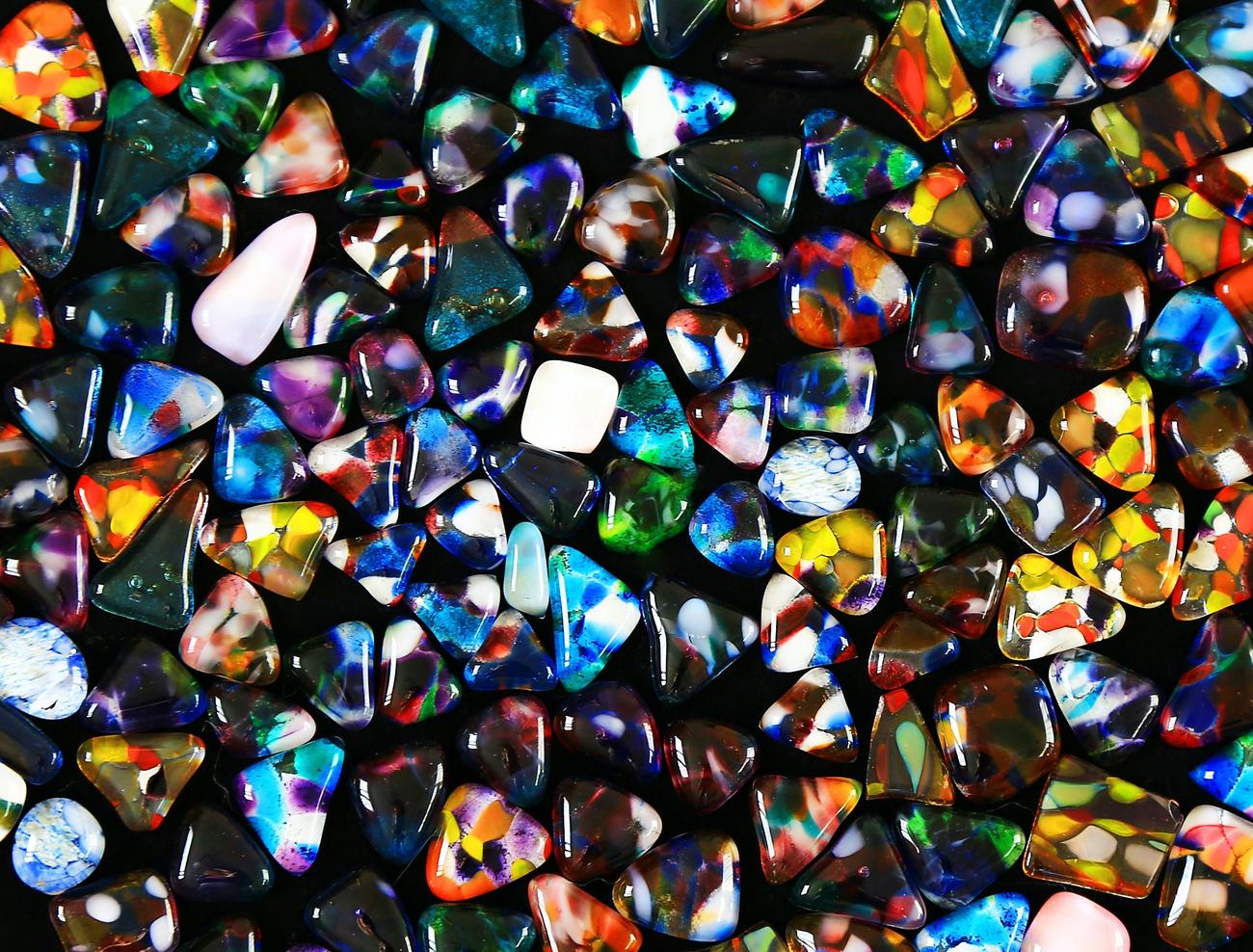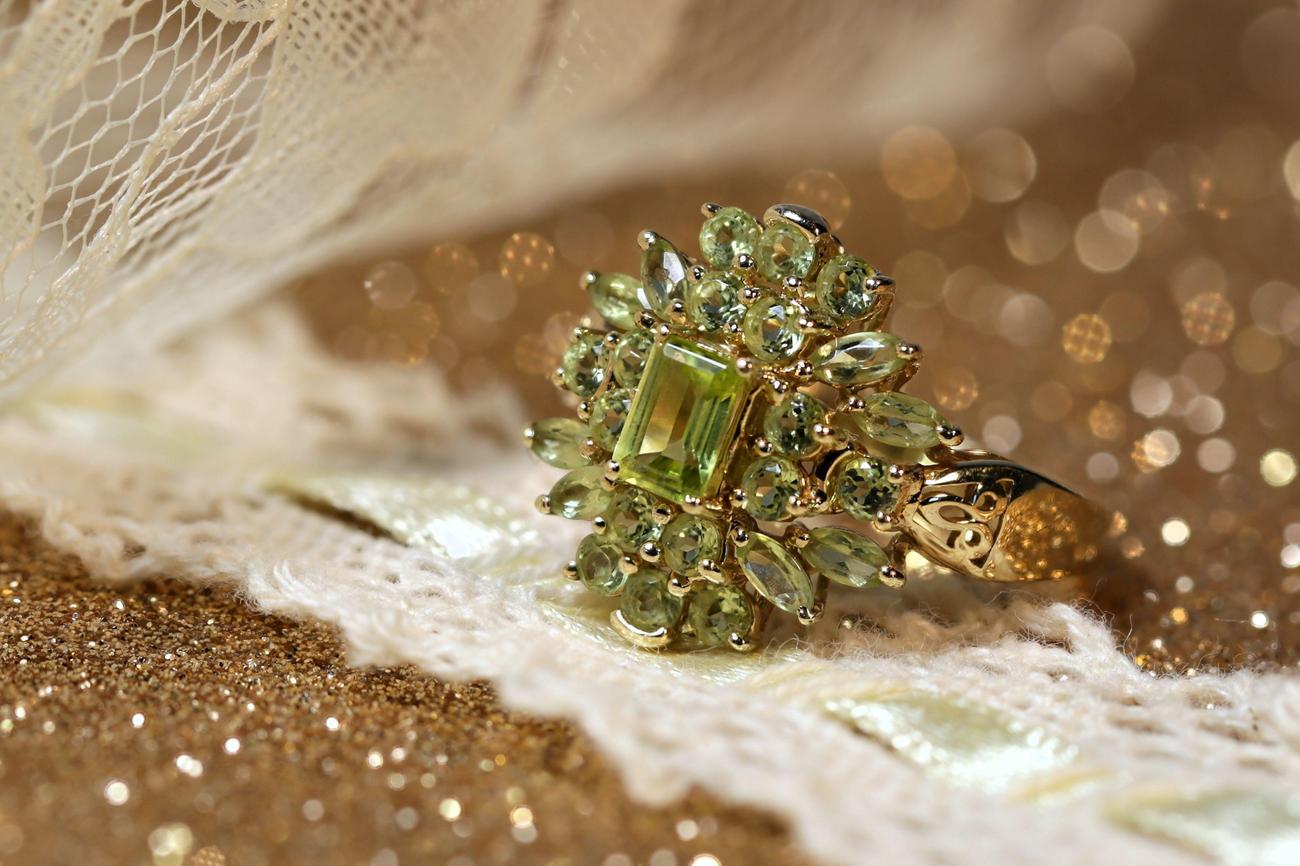In this captivating article, we embark on a journey deep into the world of natural turquoise, unraveling the mysteries that lie within its origins. As a geologist, my fascination for gemstones has led me to explore the intricate and breathtaking realm of turquoise, dedicating years to understanding its geological birth. From extensive fieldwork to studying historical accounts, I have acquired a profound knowledge of the processes that bring forth this captivating gemstone. Join me as we dive into the origins of natural turquoise gems and discover the fascinating allure hidden within its geological journey.

Natural Turquoise Origins
Turquoise, a mesmerizing gemstone that has fascinated humanity for centuries, holds within it the secrets of its ancient origins. Let’s embark on a journey through time and geological processes to uncover the mysteries behind the formation and allure of natural turquoise gems.
A Rustic Birth: A Geological Masterpiece
Billions of years ago, nature began weaving the tapestry of turquoise’s creation. As the Earth’s tectonic plates shifted and volcanic activity raged, a unique environment was created for turquoise to emerge. Almost 30 million years ago, during the Eocene period, a series of spectacular events came together to give birth to this captivating gemstone.
The Dance of Water and Rock: A Magical Formation
Imagine a turquoise birthplace where water silently trickles through a fractured host rock, idly carrying minerals with it. This dance of water and rock holds the key to turquoise’s enchanting origin. Copper, zinc, and aluminum were deposited layer upon layer, giving turquoise its mesmerizing greenish-blue hue.
From Earth to Europe: The Exquisite Journey
The journey of turquoise didn’t end with its formation. History bore witness to its migration across continents. Known as the “Turkish stone,” the gem earned its name after being transported to Europe from a Turkic territory. The French pierre tourques immortalized its origins, forever preserving the spirit of turquoise’s ancestral homeland.
Native American Legacy: Masters of the Earth
Long before the arrival of Europeans, the vibrant landscapes of present-day southwestern United States witnessed Native American tribes skillfully mining turquoise. These ancient cultures recognized its sacred beauty and used it for ceremonial purposes, adorning themselves with the stone’s captivating energy.
Unmasking Nature’s Palette: True Colors Revealed
Why does turquoise possess such a captivating color? It owes its hues to the metals dwelling in the earth where it was formed. Copper gives turquoise its famous blue shade, while iron and zinc add touches of green and yellow. The fusion of these elements creates a masterpiece of colors that captivate the human eye.
A Precious Heirloom: Cultures United by Turquoise
Turquoise has transcended time, culture, and borders, becoming a revered gemstone cherished by diverse civilizations. From ancient Egypt to Native American tribes, Chinese emperors to Aztec warriors, turquoise has been both a symbol of royalty and a conduit of spiritual power. Its presence in artifacts and adornments throughout history is a testament to its enduring allure.
Navigating a Changing Landscape: Challenges of Authenticity
In our modern age, the preciousness of turquoise has faced new challenges. The introduction of treatments, imitations, and synthetics into the market has tarnished its authenticity. Distinctions between natural and treated turquoise have become increasingly important, demanding the discerning eye of gemstone enthusiasts to identify genuine specimens.
Unveiling the Origins: A Revelation of Wonders
In conclusion, the captivating history of natural turquoise unfolds through a journey of geological marvels and cultural legacies. As we explore the origins of this gemstone, we bear witness to the intricate dance between water and rock that brought forth its enchanting hues, and to the awe-inspiring landscapes where ancient civilizations recognized its sacred beauty.
“Unlock the door to the past, and let the allure of natural turquoise guide you on a journey of wonder and fascination.”
Turquoise, the vibrant and mesmerizing gemstone, has captivated mankind for centuries. But have you ever wondered, “Where is turquoise found?” Well, look no further! We have the answer right here, just a click away. Discover the origins of this stunning gemstone by following this link. Uncover the secrets of its formation and learn about the regions where turquoise can be found. Don’t miss out on this opportunity to delve into the enchanting world of turquoise!
FAQ
Question 1
What geological processes are involved in the formation of natural turquoise?
Answer 1
Natural turquoise is formed through a process known as hydrothermal alteration. This occurs when water containing various minerals, such as copper, zinc, and aluminum, infiltrates a host rock over a long period of time. The water reacts with the minerals in the rock, creating the vibrant greenish-blue color of turquoise.
Question 2
Where does the name “turquoise” come from?
Answer 2
The name “turquoise” is derived from the French term “pierre tourques,” which means “Turkish stone.” This is because the gemstone was initially brought to Europe from territories under Turkic rule. The name has since been adopted worldwide to refer to this captivating gemstone.
Question 3
Who were the early miners of turquoise?
Answer 3
Pre-Columbian Native Americans, particularly those in the present-day southwestern United States, were the early miners of turquoise. They prized this gemstone for both its aesthetic beauty and spiritual significance. It played a prominent role in their culture and was used for decorative purposes as well as in religious ceremonies.
Question 4
How does turquoise acquire its color?
Answer 4
The color of turquoise is influenced by the metals present in the ground where it forms. Copper is the primary coloring agent, but traces of iron and chromium can also contribute to variations in hue. The combination of these metals and the specific geological conditions during formation give turquoise its unique greenish-blue color.
Question 5
Has the value of turquoise been affected by treatments and imitations?
Answer 5
Yes, the value of turquoise has been impacted by the introduction of treatments, imitations, and synthetics into the market. Treatments involve enhancing the color or stability of the gemstone through processes such as stabilization, dyeing, or coatings. Imitations and synthetics, on the other hand, mimic the appearance of natural turquoise using alternative materials. These factors have led to a devaluation of natural turquoise in some instances.
- HelpCare Plus: Revolutionizing Affordable and Accessible Healthcare - December 29, 2024
- Boom & Bucket: Your Digital Marketplace for Used Heavy Equipment - December 28, 2024
- Ankle Bones Crossword Clue: Solutions, Tips & Anatomical Insights - December 28, 2024

